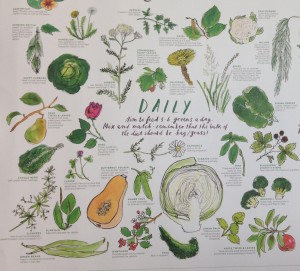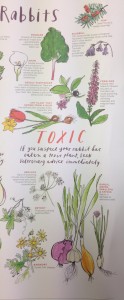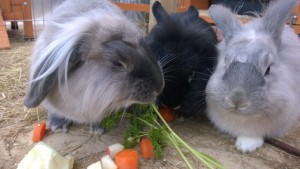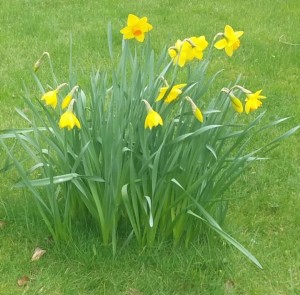With Spring around the corner lots of rabbits will be spending time outdoors and enjoying the sunshine. However, along with the warmer weather comes along the risk of fly strike. Fly strike is an infestation of maggots from eggs laid by flies.
Rabbits with faeces and urine stuck around their back end are more susceptible to fly strike as the moist smelly environment is more ‘attractive’ to the flies. Animals eating diets too rich in greens can develop loose faeces and an incorrect or imbalanced diet can lead to obesity; both of which are risk factors for developing a dirty back end.
Therefore, it is important to understand what your rabbit is eating and to ensure it is right. 80% of a rabbits diet should consist of fibre which should be in the form of good quality hay. The remainder of their diet can consist of concentrate pellets, grass and fresh greens. However, one of the questions we all struggle with is how much they are allowed of these greens and when.
 DAILY GREENS; your rabbit can have 5-6 types of greens a day but everything in moderation!
DAILY GREENS; your rabbit can have 5-6 types of greens a day but everything in moderation!
TREATS; treats should be limited to only a small tablespoon per day.
TOXINS; some plants and vegetables are toxic to rabbits.
Please click on the pictures to enlarge the image and find out more.



 Please see our opening hours over the Easter period:
Please see our opening hours over the Easter period:



